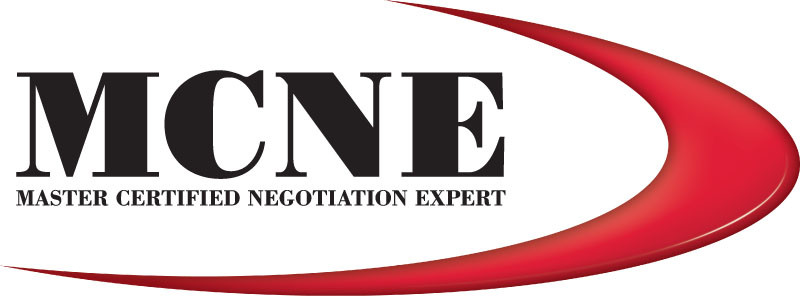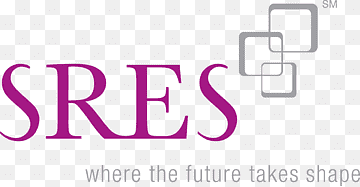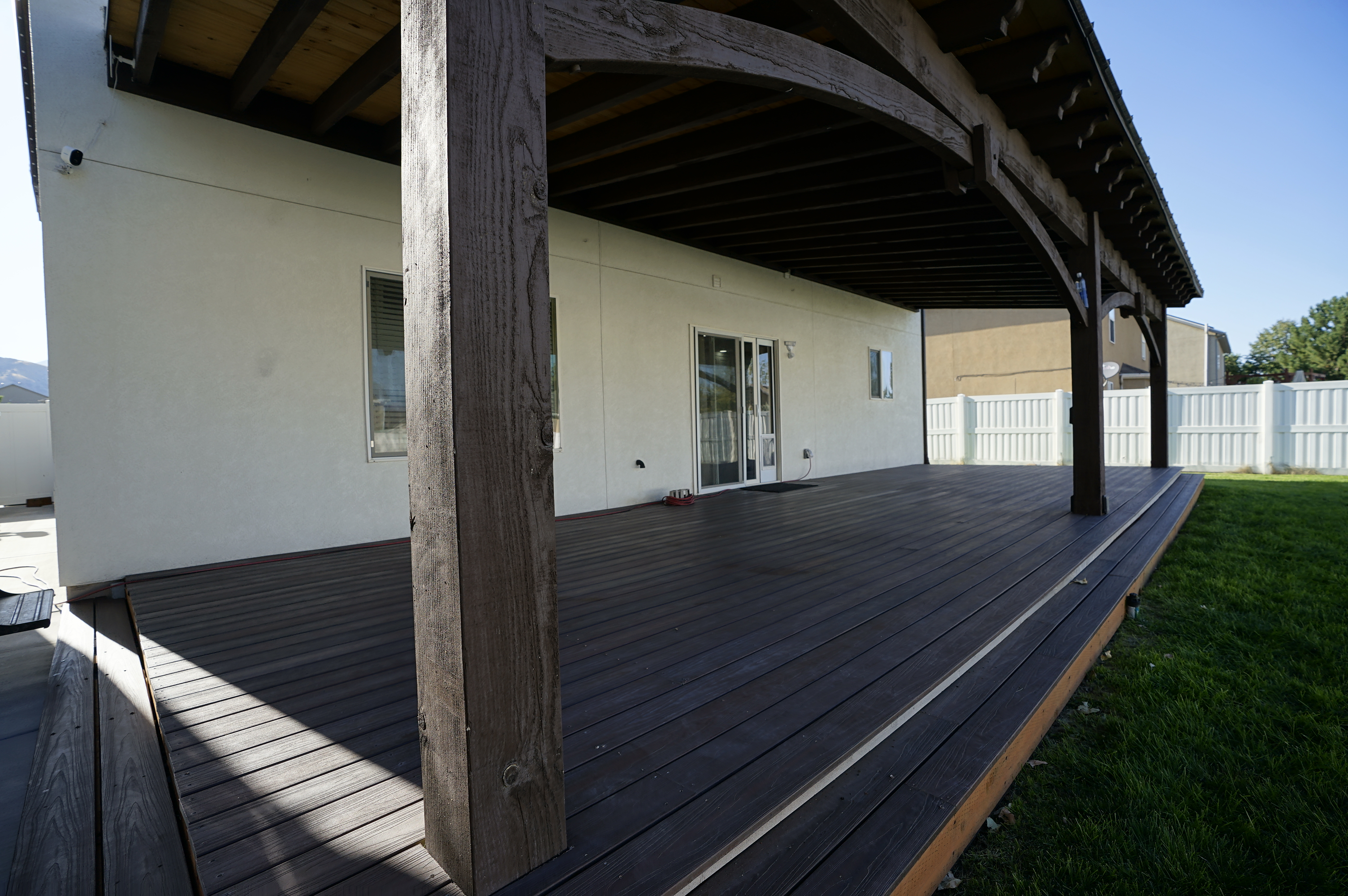
Navigating Complex Transactions: The Broker Benefit over using a Real Estate Agent
Navigating Complex Transactions: The Broker Benefit
In the intricate world of real estate transactions, the distinction between opting for a broker over an agent plays a pivotal role in not just simplifying the process, but in elevating the entire experience. Brokers, by virtue of their enhanced licensing, training, and education, hold a more comprehensive understanding of real estate law, financing options, and negotiation strategies. This extensive knowledge base is invaluable when navigating complex transactions that could otherwise be daunting for buyers, sellers, and investors. Unlike agents, who operate under the supervision of brokers, brokers have the autonomy to run their own firms. This autonomy equips them with a unique perspective on the market, allowing them to offer tailored advice that aligns with the specific needs and ambitions of their clients. The broker’s ability to oversee transactions from a macro perspective ensures that all legalities are meticulously managed, mitigating risks and enhancing the overall security of the deal.
Brokers also tend to have a wider network of contacts, including lawyers, surveyors, and other professionals whose services could be critical throughout the transaction process. Their established relationships with these professionals can facilitate smoother and faster transactions, whether it involves complex negotiations or navigating through the mazes of paperwork and compliance issues. For clients looking to purchase or sell properties in competitive markets, this network can be a hefty advantage, providing access to off-market deals or potential buyers that might otherwise be out of reach. Moreover, brokers’ experience in handling a diverse range of transactions across different property types and markets empowers them to offer actionable insights and strategic advice, helping clients make informed decisions. Their commitment to their client’s best interests, backed by a solid foundation of industry expertise and ethical practice, makes brokers an invaluable ally in the complex and often unpredictable world of real estate.
The Comprehensive Service Offering Of Brokers
When considering the transition from browsing potential homes to actually purchasing one, the decision between enlisting the help of a real estate agent or a broker is paramount. Brokers, with their extensive training and licensing, offer a comprehensive suite of services that go beyond what agents typically provide. This depth of knowledge and expertise enables them to oversee not just the buying and selling process but also to manage their own real estate businesses. This means they are well-versed in the nuances of real estate law, finance, and market analytics, offering clients a more holistic approach to real estate transactions. For clients, this translates to more informed decision-making, whether it relates to negotiating contracts, understanding complex legal documents, or devising investment strategies.
Furthermore, brokers possess a keen insight into local real estate markets, cultivated through years of experience and higher-level licensing requirements. This insight is invaluable in evaluating property values, identifying market trends, and leveraging network connections to unearth opportunities that may not be readily available through more traditional channels. The breadth of a broker’s service offering ensures that clients are not just transactionally represented but are also strategically advised, enabling them to navigate the often-complicated real estate landscape with confidence and peace of mind. Whether you are a first-time homebuyer or a seasoned investor, the comprehensive service offering of brokers can significantly elevate your real estate experience, ensuring that every aspect of your journey is managed with professionalism and expertise.
The Expertise Advantage: Why Brokers Lead The Way
Navigating the intricate world of real estate transactions requires a level of sophistication and knowledge that goes beyond the surface. This is where the distinction between real estate agents and brokers becomes crucial. Brokers, by virtue of their extensive training and experience, possess a richer understanding of the real estate market, laws, and financial options available to buyers and sellers. Their expertise is not just theoretical but is backed by a requirement in many regions for additional licensing and education beyond what an agent needs. This advanced training enables brokers to handle more complex negotiations and legal aspects of real estate transactions, ensuring that their clients are not just informed, but also protected throughout the process.
Moreover, brokers often have the autonomy to manage their own real estate agencies, which means they bring leadership and entrepreneurial skills to the table. This aspect of a broker’s professional capacity ensures they have a vested interest in the success and satisfaction of their clients. By opting for a broker, clients gain access to a comprehensive network of contacts, including potential buyers and sellers, other real estate professionals, and service providers. This network, cultivated through years of experience and professional interactions, can significantly enhance the opportunities and options available to clients. Whether it’s finding the right property, negotiating the best possible terms, or navigating the complexities of real estate law, a seasoned broker has the expertise and resources to lead the way efficiently and effectively.
Understanding The Distinction: Broker Vs Agent
When entering the complex world of real estate, the distinction between a broker and an agent is more significant than it initially appears. At its core, every real estate broker starts as an agent, but not every agent progresses to become a broker. The primary difference hinges on the level of education and licensing involved. Real estate agents are licensed to facilitate real estate transactions, working closely with buyers and sellers under the supervision of a real estate broker. These brokers, in turn, have pursued further education, passed a more rigorous examination, and hold a broker’s license, empowering them to run their own real estate firms. This additional educational requirement equips brokers with a deeper understanding of real estate laws, financing options, and operational insights, which are invaluable in navigating the complexities of buying, selling, and leasing property.
Opting for a broker over an agent in your real estate endeavors brings a layer of assurance and expertise that can significantly enhance your experience. Brokers, with their higher qualification levels, are authorized to independently handle real estate transactions, offering direct and comprehensive services without the need to liaise through an agent. This increased autonomy and knowledge allow brokers to provide more nuanced advice, tailored financial insight, and a broader range of services to their clients. Moreover, brokers often have a more extensive network and access to exclusive listings, providing clients with a wider array of options that may not be available through a regular agent. Whether dealing with residential, commercial, or investment properties, the broker’s capability to navigate legalities, negotiate contracts, and execute seamless transactions places them as a preferable choice for those seeking a refined and sophisticated real estate experience.
In summary, the choice between a real estate agent and a broker ultimately hinges on the depth of expertise, breadth of services, and level of support you require in your property journey. Brokers distinguish themselves through their extensive knowledge, comprehensive service offerings, and ability to navigate complex transactions with proficiency. As we’ve explored, understanding the distinction between brokers and agents is fundamental in making an informed decision that elevates your real estate experience to new heights. Opting for a broker is not merely a choice but a strategic step towards ensuring a seamless, proficient, and satisfying property acquisition or sale.
Marty Gale
Buy or Sell with Marty Gale
"Its The Experience"
Principal Broker and Owner of Utah Realty™
Licensed Since 1986
CERTIFIED LUXURY HOME MARKETING SPECIALIST (CLHM)
PSA (Pricing Strategy Advisor)

General Contractor 2000 (in-active)
e-pro (advanced digital marketing) 2001
Certified Residential Specialist 2009

Certified Negotiation Expert 2014

Master Certified Negotiation Expert 2014
Certified Probate Specialist Since 2018

Senior Real Estate Specialist

Certified Divorce Specialist CDS

Contact me!
























